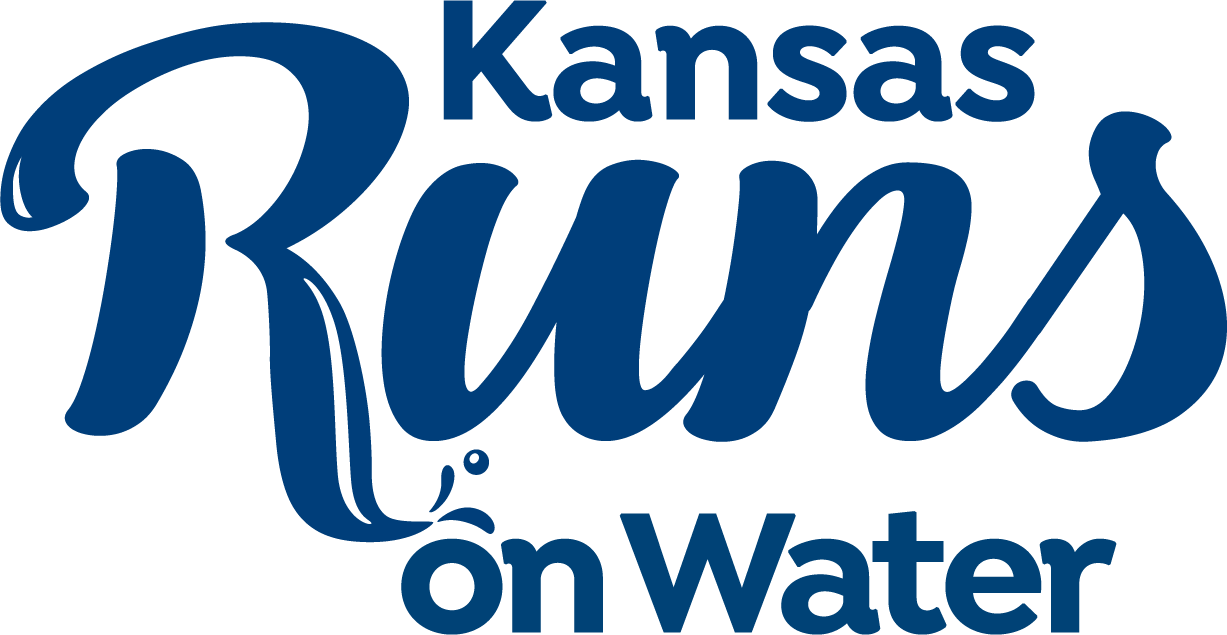A wide variety of suburban and rural practices can have an impact on surface water quality. While many agricultural producers use voluntary conservation practices to reduce the impacts, there are still other factors that can contribute to our surface water quality.
Erosion of soils during rainfall events that exceed soil infiltration capacities can contribute to silt in streams and lakes, often to the detriment of native aquatic and semiaquatic life. The erosion of these soils can gradually enter streams and ultimately lead to sedimentation which impacts available water supply storage in Kansas reservoirs. The loss of this water supply storage decreases the ability to meet water supply needs for areas served by our reservoirs, particularly during periods of drought.
By comparing water quality measurements to a set of standards, environmental health professionals have the necessary information to correct or prevent problems related to water and public health. Every state, including Kansas, has developed a set of water quality standards as mandated by the EPA. These apply to all surface water (lakes, rivers and wetlands) and represent what “clean water” looks like.
For more information on Kansas water quality standards, visit Kansas Department of Health and Environment’s water quality standards and total maximum daily load (TMDL) information.
Water Quality and Public Drinking Water Systems
There are almost 980 public water supply systems in Kansas, serving anywhere from small communities to large cities. Public drinking water systems treat and distribute drinking water through networks of pipes. These systems are required to do water quality monitoring of those supplies at various points throughout the system.
The presence of nitrogen- and phosphorus-containing fertilizers occurs in many situations, such as agricultural field run-off, suburban yards and recreational areas which affects water quality by helping promote nuisance growths of algae and detracts from the recreational and drinking water supply uses of surface water.
Stormwater runoff may introduce pathogens and oxygen-consuming organic wastes into nearby lakes and streams, sometimes compromising the sanitary condition of these waters. It is important to ensure that when pesticides or fertilizers are used, they are used according to label directions to help prevent harm to people, non-target species or the environment.
Public drinking water supplies may draw water for treatment from surface water sources (lakes and rivers) as well as groundwater sources. The quality of this untreated water can have great impacts on the costs to treat it, as well as costs to maintain the condition of pipes and other infrastructure used to distribute it throughout the community. Meeting water quality standards at the source helps ensure that the public water supply delivers safe drinking water to consumers.
Private well owners rely on healthy watersheds because their water supplies are a direct product of rainwater flowing through the soil. Kansas does not regulate the quality of water from private wells they use for household purposes. Therefore, private well owners are responsible for testing their well water.
For more information regarding how water quality issues affect your community and surrounding areas, visit the EPA’s How’s My Waterway website. From here you can see which waterways in your neighborhood are impacted and impaired.


 Learn More
Learn More 
 Find Out How
Find Out How 
 Join Us
Join Us 